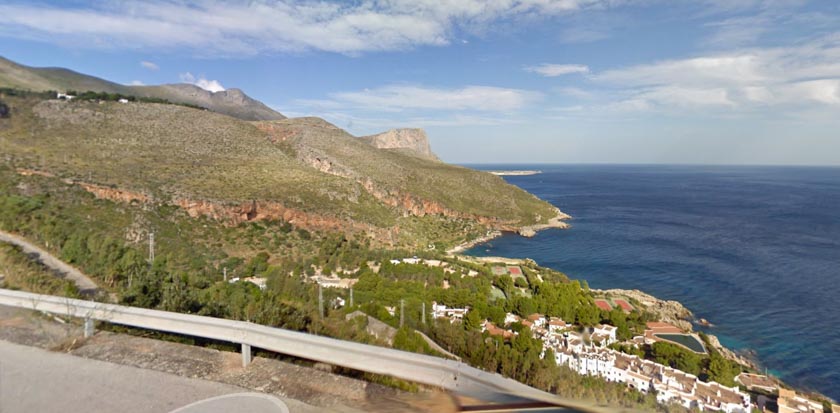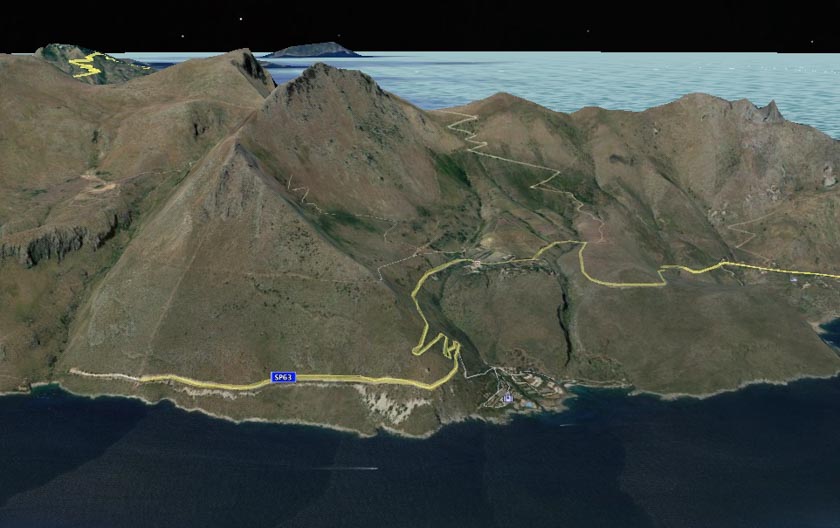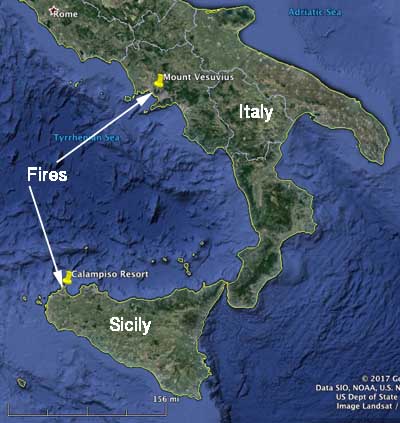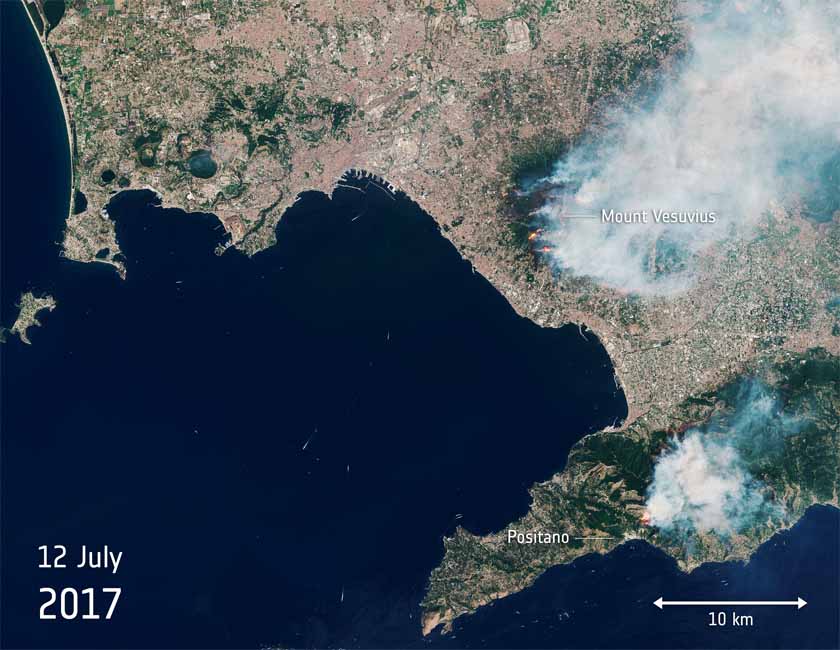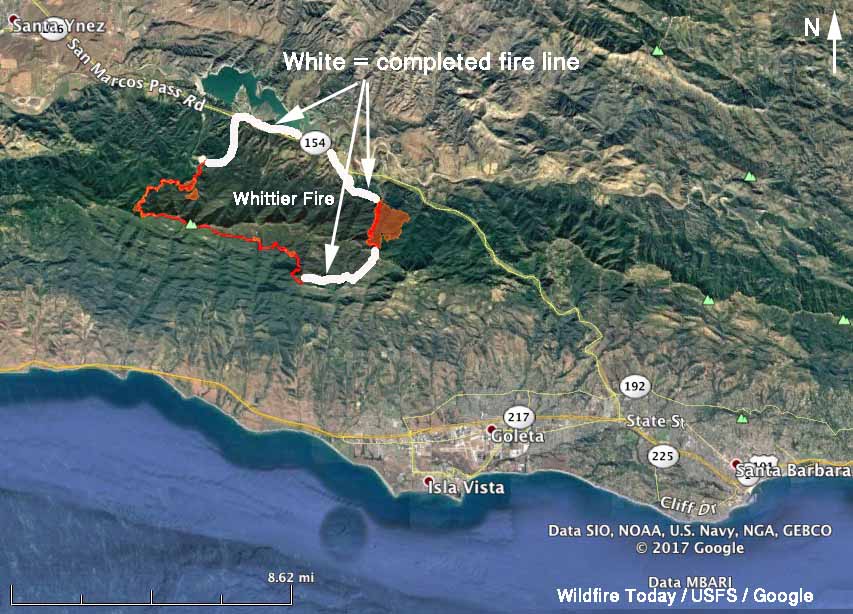
A California firefighter died July 11 in a hospital from injuries he suffered July 5 while fighting a wildfire near Lakeside in Southern California.
Frank Anaya, an inmate firefighter with the California Department of Corrections and Rehabilitation based at the La Cima Conservation Camp, was throwing cut brush during line construction operations when he lost his balance and fell into a running chainsaw. He suffered a severe cut to his upper right leg behind his chaps.
The 22-year old firefighter underwent multiple surgeries, but succumbed to his injuries July 11, 2017, according to the CDCR.
Our sincere condolences go out to Mr. Anaya’s friends, family, and coworkers.
Other California inmate firefighter fatalities that we are aware of in the last six years:
- January 4, 2012. Crisanto Leo Lionell. Heart attack near the conclusion of a 20-minute, .66 mile exercise hike.
- August 19, 2012. Jimmy Randolph. Anoxic encephalopathy combined with complications of heat stroke while assigned to the Buck Fire.
- February 25, 2016. Shawna Lynn Jones. Struck by rolling boulder while working on the Mulholland Fire .
- May 24, 2017. Matthew Beck. Struck by falling tree while doing project work with his crew.
Edited July 14, 2017 to reflect new information in the Green Sheet. The victim was not running the chainsaw, but was swamping for it (throwing the cut brush).


